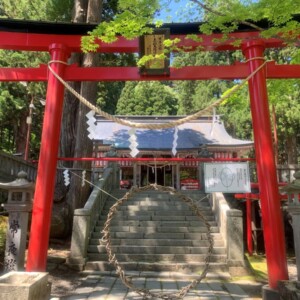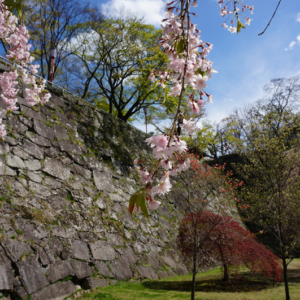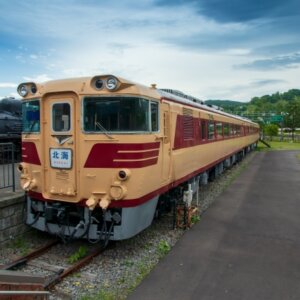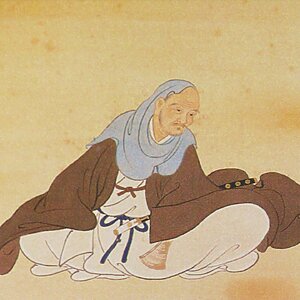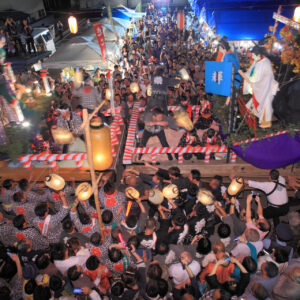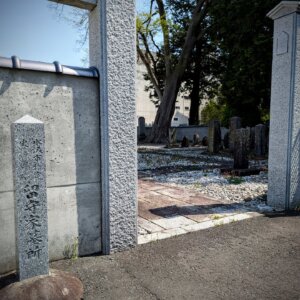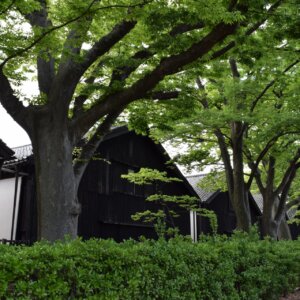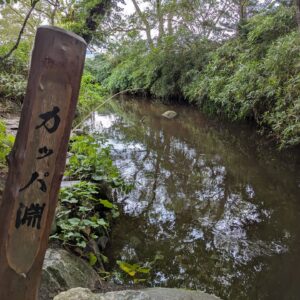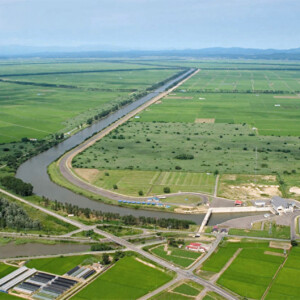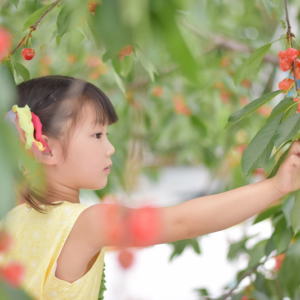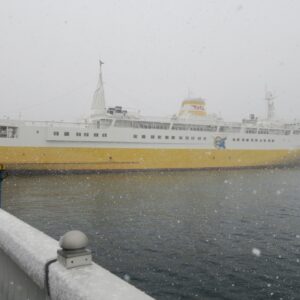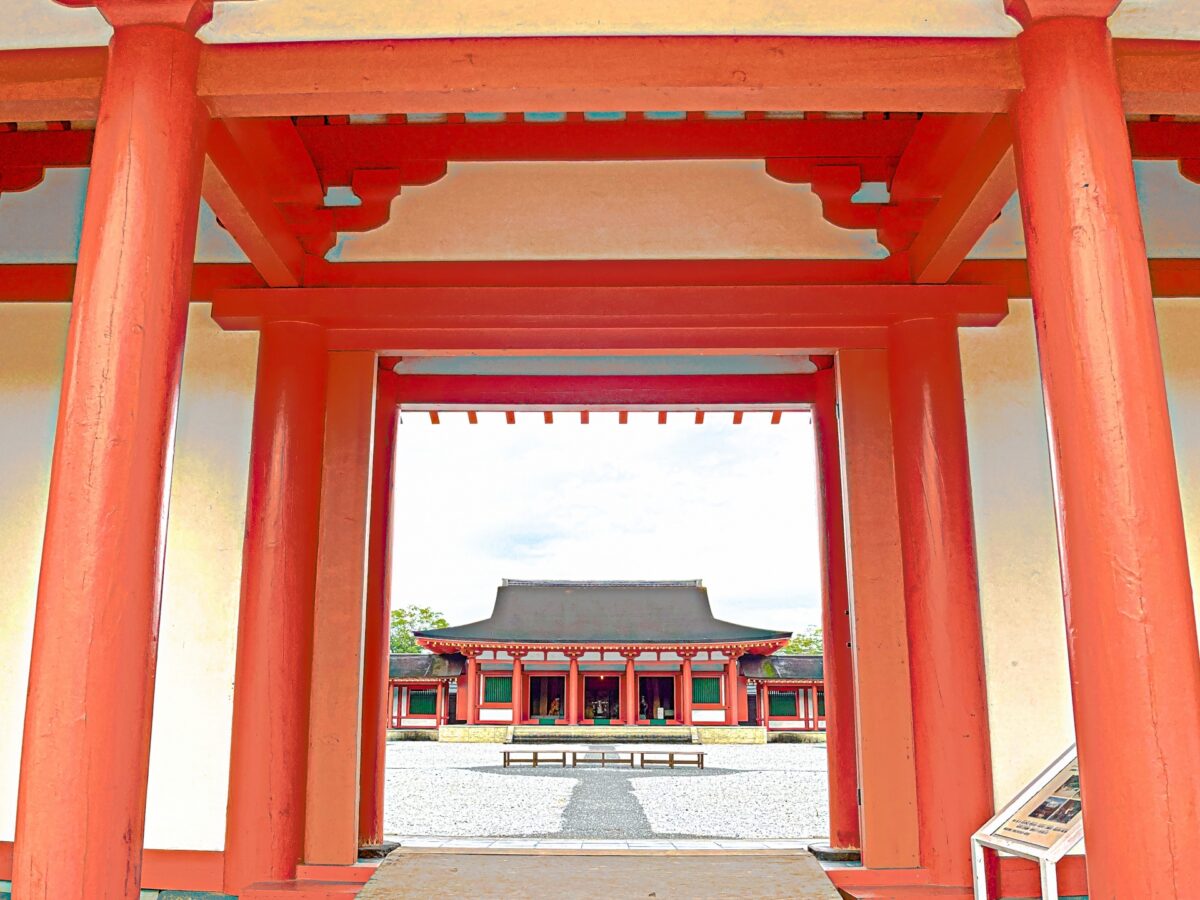
Esashi Fujiwara Village is a famous filming location for historical dramas! See, touch, and experience the beauty of the Heian period [Oshu City, Iwate Prefecture]
table of contents
Located in the Esashi district of Oshu City, Iwate Prefecture Esashi Fujiwara no Sato is a historical park that focuses on the rise and fall of the Oshu Fujiwara clan during the Heian period.
It was built as an open set for "Honoo Tatsu," which aired in 1993.
It has become a filming location for many taiga dramas.
After the filming of the 1993 historical drama "Honoo Tatsu" was completed, the area began to be used as a park.
- 1994: The 6th year of the Heisei period drama "Flower Rebellion"
- 1995: 1996 Taiga Drama "Hideyoshi"
- 1996: 1997 Taiga Drama "Mōri Motonari"
- 2000: 13th year of the Heisei Taiga drama "Hojo Tokimune"
- 2001: 2002 Taiga Drama "Toshiie and Matsu"
- 2004: 17th year of the Heisei era historical drama "Yoshitsune"
- 2006: 19th year of the Heisei era historical drama "Fuurinkazan"
- 2008: 2009 Taiga drama "Tenchijin"
- 2009: Heisei 22 Taiga Drama "Ryomaden"
- 2011: 2012 Taiga drama "Taira no Kiyomori"
- 2013: 2014 Taiga drama "Gunshi Kanbei"
- 2015: 2016 Taiga drama "Sanada Maru"
- 2016: Heisei 29 Taiga Drama "Onna Joushu Naotora"
- 2019: Reiwa 2 Taiga Drama "Kirin ga Kuru"
- 2021: Reiwa 4 Taiga Drama "The 13 Lords of the Kamakura"
- 2023: Reiwa 6 Taiga Drama "To You, the Shining One"
It has been used as a filming location for many historical dramas, including the following (as of November 2025).
In addition, the area is used as a location for various filming shoots throughout the year, including period dramas, commercials, and variety shows.
Link: Esashi Fujiwara no Sato – Filming Locations
Various buildings reminiscent of the Heian period
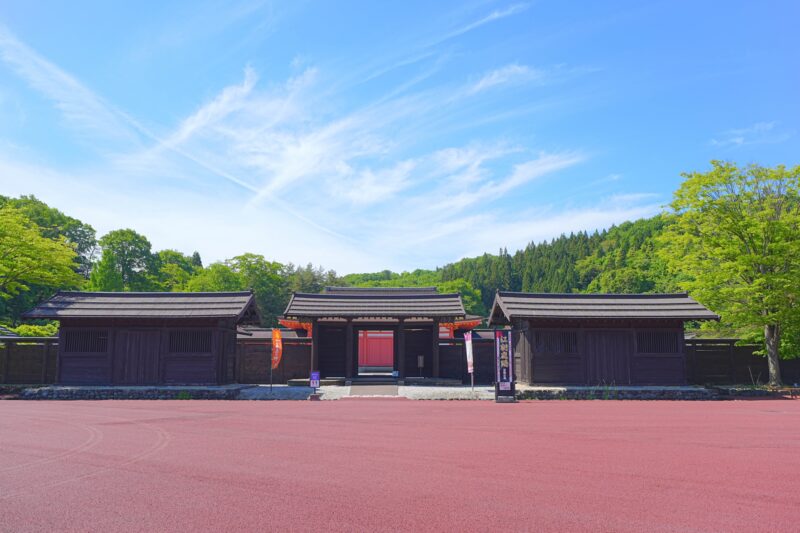
The Esashi Fujiwara Village site covers an area of approximately 20 hectares. Within this vast site, approximately 120 buildings of various sizes have been constructed, recreating the capital city of Hiraizumi, built by the Oshu Fujiwara clan.

Entering through the south gate, you will see the government office from the Ritsuryo period standing directly in front of you. The buildings are arranged symmetrically around the main hall. This is the building where politics and important ceremonies were held.
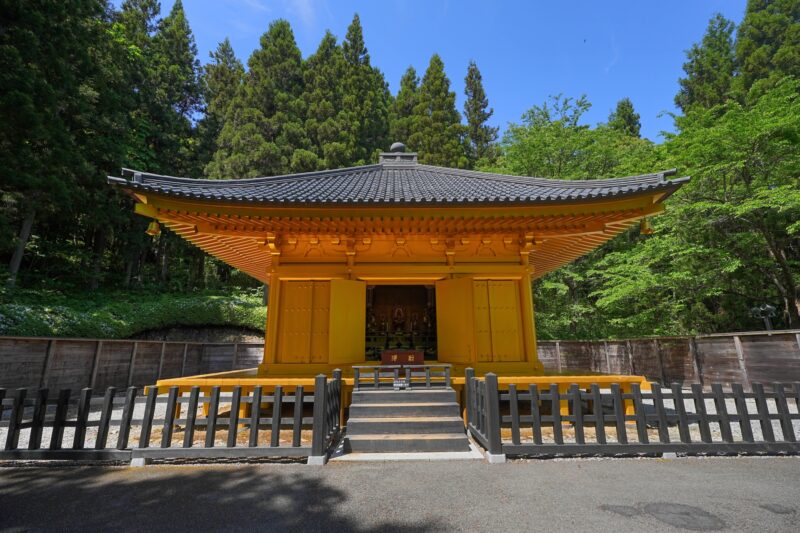
The Golden Hall, a Buddhist temple built in the late Heian period at Chusonji Temple in Hiraizumi Town , is currently housed in a covering structure called a roofed hall to prevent deterioration, but the Golden Hall at Esashi Fujiwara no Sato has been recreated without a roofed hall, based on the original design.

The only replica of a Heian aristocratic residence in the Shinden-zukuri style, the "Kara Gosho"
You can experience games from the Heian period.
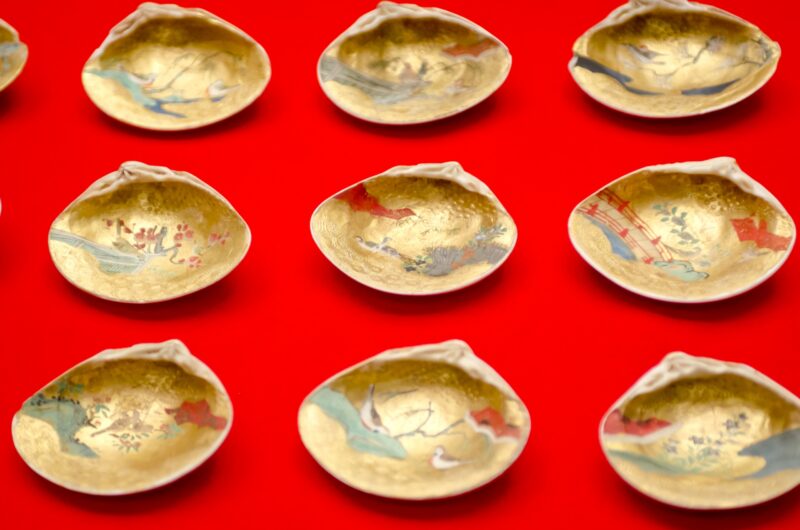
In the Heian period, shell matching was a game in which players turned over shells with pictures on them, and took turns flipping over the shells to match the pictures. This is what we now call Concentration.
Over time, this gradually evolved into a game in which people competed over the beauty of the shells. People would even write songs about the names and shapes of the shells.
Sugoroku from the Heian period is also on display. At the time, it was sometimes used for gambling, and was often banned. You can actually touch and play these Sugoroku and shell matching games.
There is a wide variety of experience options available, including the shell matching and sugoroku mentioned above.
- Experience wearing period costumes
- Armor dressing experience
- Archery experience
- Sutra copying experience
- Experience painting clams used in shell matching
- Throwing pot
There are also other experiences available besides play, such as dressing up and making things.
Link: Esashi Fujiwara no Sato – Experience Corner
summary
Esashi Fujiwara no Sato is a vast site that will take you 2-3 hours to explore thoroughly, and even has a variety of experience options. Restaurant Kiyohira you can enjoy "Heian Period Cuisine," a reproduction of the meals of the time
Link: Esashi Fujiwara no Sato – Heian Period Food
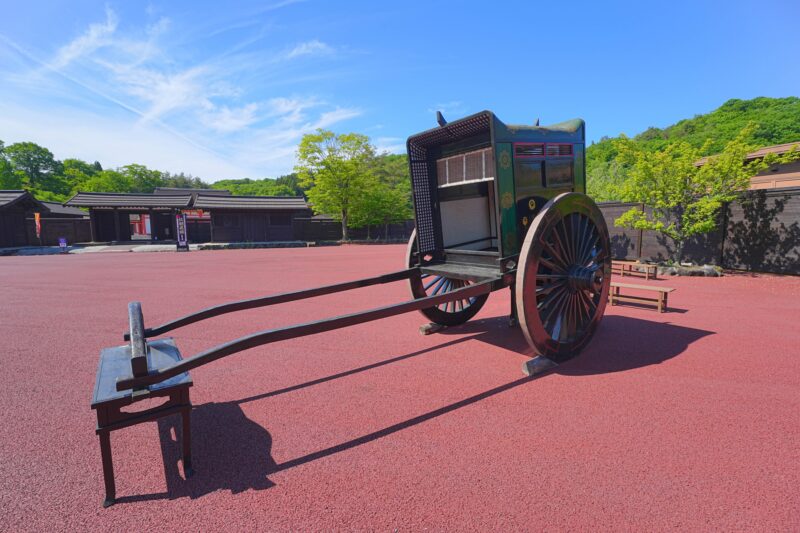
There is also an Esashi Local Culture Museum , which serves as a museum where you can learn about the history and culture of the Esashi region, as well as local industries and traditions, all while having fun.
It's a leisure facility with plenty to enjoy all day long, and if you're lucky, you might even come across a filming location.
Esashi Fujiwara Village <Information>
- Name: Esashi Fujiwara Historical Park
- Address: 86-1, Iwatani-do Onamaru, Esashi, Oshu City, Iwate Prefecture, 023-1101
- Phone number: 0197-35-7791
- Official URL: https://www.fujiwaranosato.com/




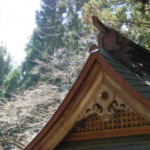
![[Series ②: The role of the previous nine years and the role of the second three years] The role of the previous nine years is from the truce to the battle again, and the Kokufu army is struggling Taga Castle Ruins](https://jp.neft.asia/wp-content/uploads/2023/11/a0b8b1213124e7a13c7308fa81e053a2-150x150.jpg)
![[Series ④: The role of the previous nine years and the role of the second three years] Mr. Kiyohara's participation in the war completely changed the flow of the role of the previous nine years 1000310_m](https://jp.neft.asia/wp-content/uploads/2023/11/1000310_m-150x150.jpg)
!["Osaki Hachimangu Shrine" is a national treasure and a national treasure that is famous for its nude visits at Donto Festivals [Miyagi Prefecture] Torii of Osaki Hachiman Shrine](https://jp.neft.asia/wp-content/uploads/2016/09/IMG_5710-150x150.jpg)
![Hyakujiu Group Dance Photo Report (2025.04.26: Hidaka Fire Prevention Festival) [Oshu City, Iwate Prefecture] Hyakudou Group Dance (16)](https://jp.neft.asia/wp-content/uploads/2025/04/IMG_2690-EDIT-150x150.jpg)
